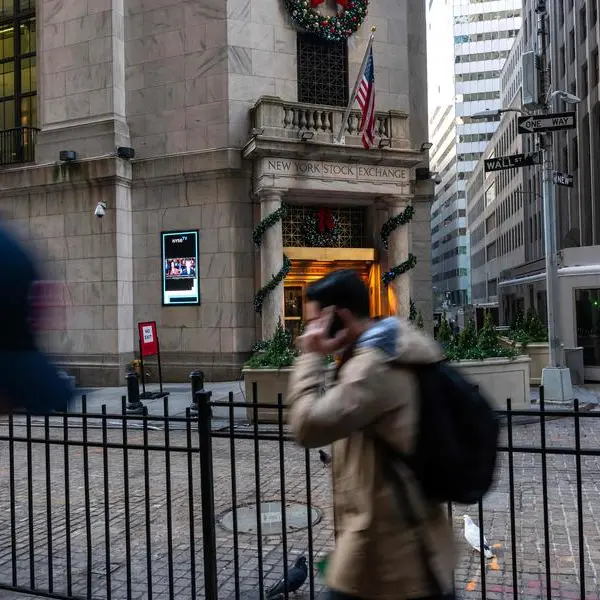PHOTO
The Federal Reserve faces no imminent pressure to stop the ongoing contraction of its balance sheet, according to a new tool launched Thursday by the Federal Reserve Bank of New York.
The new gauge, which the bank calls Reserve Demand Elasticity, seeks to measure how liquid bank reserves, a key aspect of financial sector liquidity, are. The bank said the new measure will help Fed officials better manage the uncertain process of cutting their holdings of bonds, in a process called quantitative tightening, or QT.
The new tool is designed to serve as an early warning indicator of impending reserve scarcity. The bank said in a blog posting that the measure will help spot the transition point between abundant levels of liquidity, toward the “ample” but undefined level of reserves policymakers say they are aiming for.
As of data available on Oct. 11, the measure indicates “reserves remain abundant. These latest RDE estimates are indistinguishable from zero, meaning that the federal funds rate does not significantly respond to shifts in reserve supply.” For reference, negative RDE readings suggest tighter liquidity.
The QT process has been running for a little over two years, with the Fed contracting the overall size of its holdings from a peak of $9 trillion to the current level of $7.1 trillion. The Fed is seeking to withdraw unneeded liquidity as part of an overall normalization of monetary policy in the wake of the coronavirus pandemic.
The Fed wants to make sure there is enough liquidity in the financial system to allow it firm control over the federal funds rate, its chief monetary policy tool to influence the economy. The challenge for Fed officials is that it’s unclear the point at which liquidity becomes too scarce and money market rates become too volatile.
Earlier this year, the Fed slowed the pace of QT to make it easier to identify any looming liquidity challenges. Officials are mindful of the last QT process that saw liquidity run unexpectedly short in September 2019, forcing the central bank to intervene to add liquidity back to the market.
Fed officials say the expect QT to run for some time and market participants ahead of the Fed’s September policy meeting eyed a
spring stop
to the process. But
money market turbulence
at the end of September just ahead of the move into the fourth quarter was high enough some in the market speculated the Fed might need to end QT early.
The New York Fed said it will update on 10 a.m. ET on the third Thursday of every month, with exceptions to deal with Federal Open Market Committee meeting dates.
(Reporting by Michael S. Derby; Editing by Chizu Nomiyama and Nick Zieminski)























